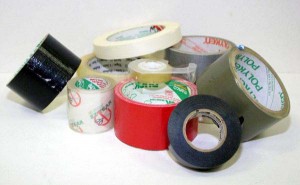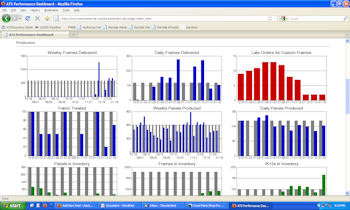Stay Off the Limb
A hail mary pass is not usually a sound strategy for winning a football game. Likewise, going out on a limb and taking a big risk is not usually a sound strategy for growing a business or turning it around.
Silver bullets, quick fixes, and big dramatic moves are tempting because they offer an alternative to the steady, disciplined process of moving down the field. And when the receiver catches the long bomb, it is awfully exciting.
In business, hail mary passes can be big mergers and acquisitions, big investments in unrelated new product lines, replacing the CEO with an outsider, or million dollar superbowl ads.
There’s a huge inertia to a business. Jim Collins compares it to a flywheel, a big heavy wheel that takes a long time to push up to speed, and keeps spinning for a long time after you stop pushing on it. I think he’s right. You don’t spin a flywheel up to speed in one momentary burst. It’s the steady, disciplined, daily push that builds a business (or a life) up to success. And that’s why the silver bullets, the quick fixes, and the big dramatic moves don’t work.
Three caveats:
1) Steady and disciplined does not mean avoid change. Change is usually necessary. Make your changes by trying lots of things in the smallest, quickest, least risky way that will let you know if they are working or not. Don’t go out on a limb with a big, untested change.
2) There is such a thing as a real emergency, when steady, disciplined action will not get the job done. Sometimes paramedics have to take quick, drastic action to save someone who is in immediate danger. If your business is in immediate danger (doesn’t have enough cash to make payroll, for example) there may be no steady, disciplined solution available. So get out the defibrillator when you have to. Still, grabbing the paddles and shocking someone’s heart is an informed, tested action, not the same thing as a desperate grab for a silver bullet.
3) There’s also such a thing as a dead end. Don’t do a steady, disciplined march to extinction. To know if you are facing a dead end, don’t look at how difficult things are now, that is not a reliable guide. (There are easy paths to extinction and there are hard paths to success, and vice versa.) Look at the real, honest, long-term prospects of your situation. If there isn’t sufficient value down the line to justify the steady, disciplined work it will take to get there, end it and start something else.
Whether you are involved in a business (or project or relationship) that’s doing well and you want to take it to the next level, or you are feeling some desperation as the flywheel is slowing down, don’t be tempted toward the hail mary pass. Don’t strap dynamite to the flywheel and light the fuse. If you are not facing a bona-fide emergency, and you are not heading into a dead end, then take a deep breath, realize it’s going to take some time, and do the steady, disciplined, daily things that move the ball down the field. Often this means look at what’s working, and do more of that.


